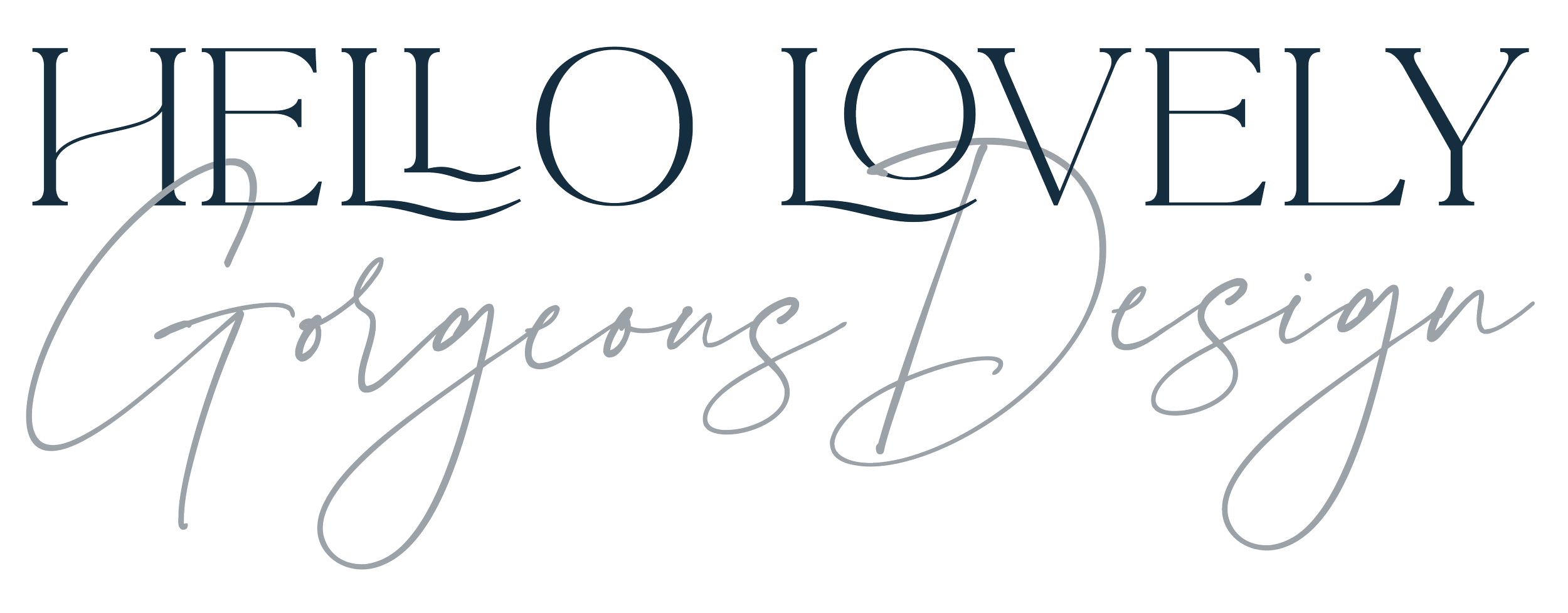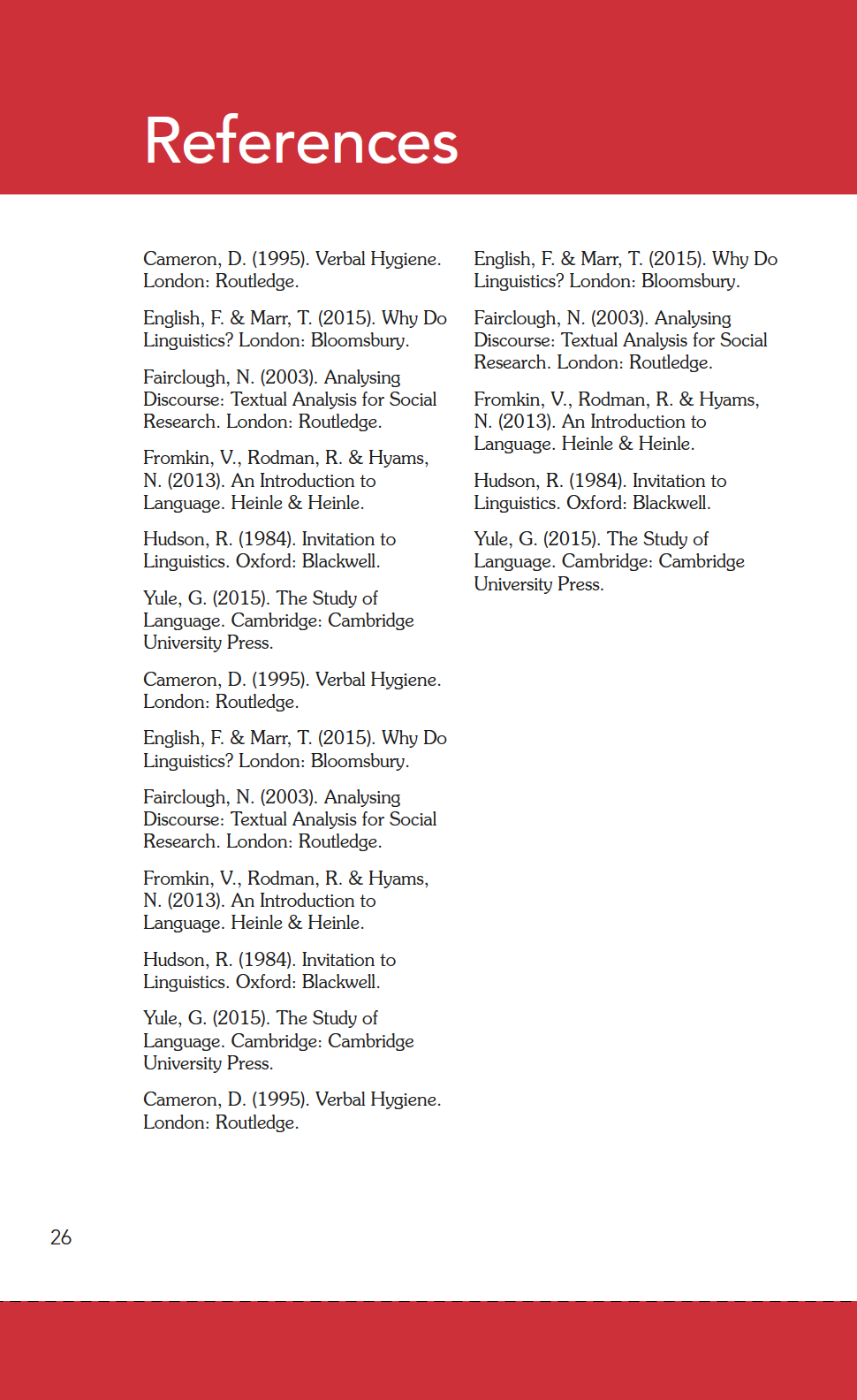Book page design - the process
I was reading a post on a forum last week that asked about employing a formatter and it’s inspired these words as I felt it might be useful to untangle the language and roles around book page design. I have also written about book cover design and you can find that post by clicking here.
The definition of a formatter is this: n. (Computer Science) a computer program used for formatting. The phrase formatter is misleading as it implies wrangling software which isn’t the same as a typesetter who is a person that sets text. There’s also another critical role, which is the book designer who creates the page design and sometimes typesets the pages too. They may also design the cover. Both typesetter and designer have a wide range of specialist skills.
Here’s the job description for a typesetter from a current role in The Bookseller:
The typesetter needs to have excellent computer skills, good typographical knowledge and an interest in, and the ability to comment on and improve the existing design in close consultation with the Designer. A high degree of accuracy and attention to detail, the ability to be proactive and take the initiative, and work as part of a team are essential. Good keyboard skills, spelling and grammar, excellent interpersonal skills, and a love of children’s books are all prerequisites, as is the necessity to be well organized and flexible in your approach to both people and the books. A background in print or design would be a distinct advantage.
That’s a lot of interpersonal skills required for a job that could be replaced by a programme. To test this out, I’ve used Vellum myself (just as I have used Canva) as there’s no point in writing a blog post from one side and I believe in balance and choice! I hope that this post explains the differences so you can make the choices you need to.
Hello Lovely book page design process
Any author or publisher who works with me on a book design will almost always follow this process (a variation maybe when they already have a book page design so the first two steps can be removed). I use Adobe Indesign to create anything that requires multiple pages of text. Adobe Illustrator can do this but it lacks the paragraph, character and text tools to do the job well (ditto Photoshop). It’s really important to know the difference between the Adobe Creative Cloud and use the right software. Affinity is the other software I’ll sometimes use but most publishers prefer designers to use software that they can archive and access and that’s usually Adobe.
Stage 1 - concept
Once the contract of work is signed and the proposal agreed, I’ll take supplied sample text and images from the client (and these words do not need to be fully edited at this stage but near final and the plan in place to publish) and flow them into bespoke concept designs. A concept design is a set of designed pages that form the template for the typesetting.
On the contract, the number of concept designs will be stated and each concept design will be different. They’ll vary in terms of colour, typography, and page furniture. They may also vary in size and they’ll cover each element. Page furniture means all the elements that guide the reader, the running and chapter heads and where to place the folio and what that looks like.
In fiction, this may include a few prelim and endlim pages (prelims are introduction pages, acknowledgments and endlims comprise the index, references) and any specific styles such as quotes, script, poetry, or speech. In non-fiction, all features such as pull quotes, learning devices, captions on images, realia, and factual information. Attention is paid to footnote style and line length, along with baseline grids (the vertical alignment of the lines of text on the page) too.
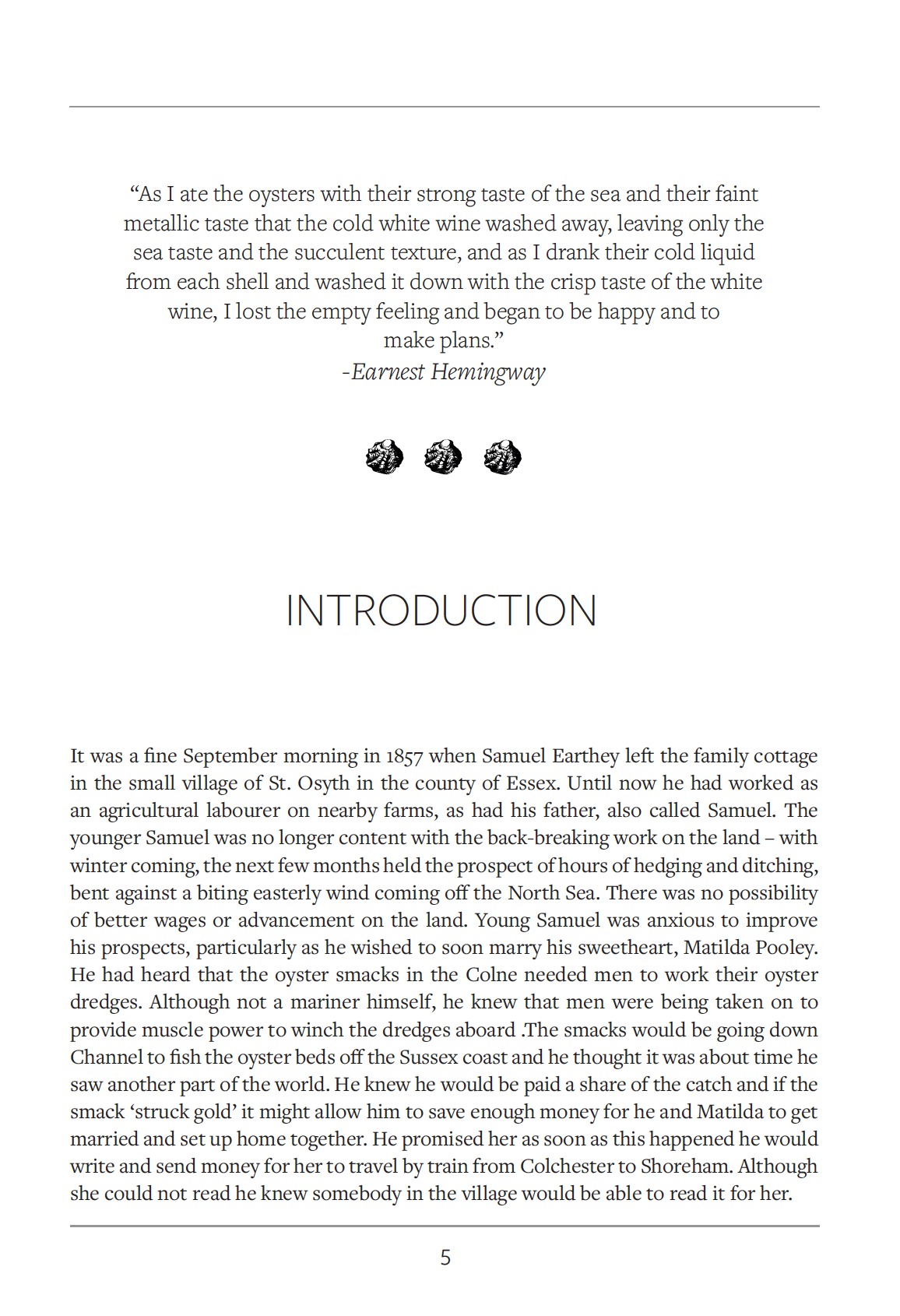
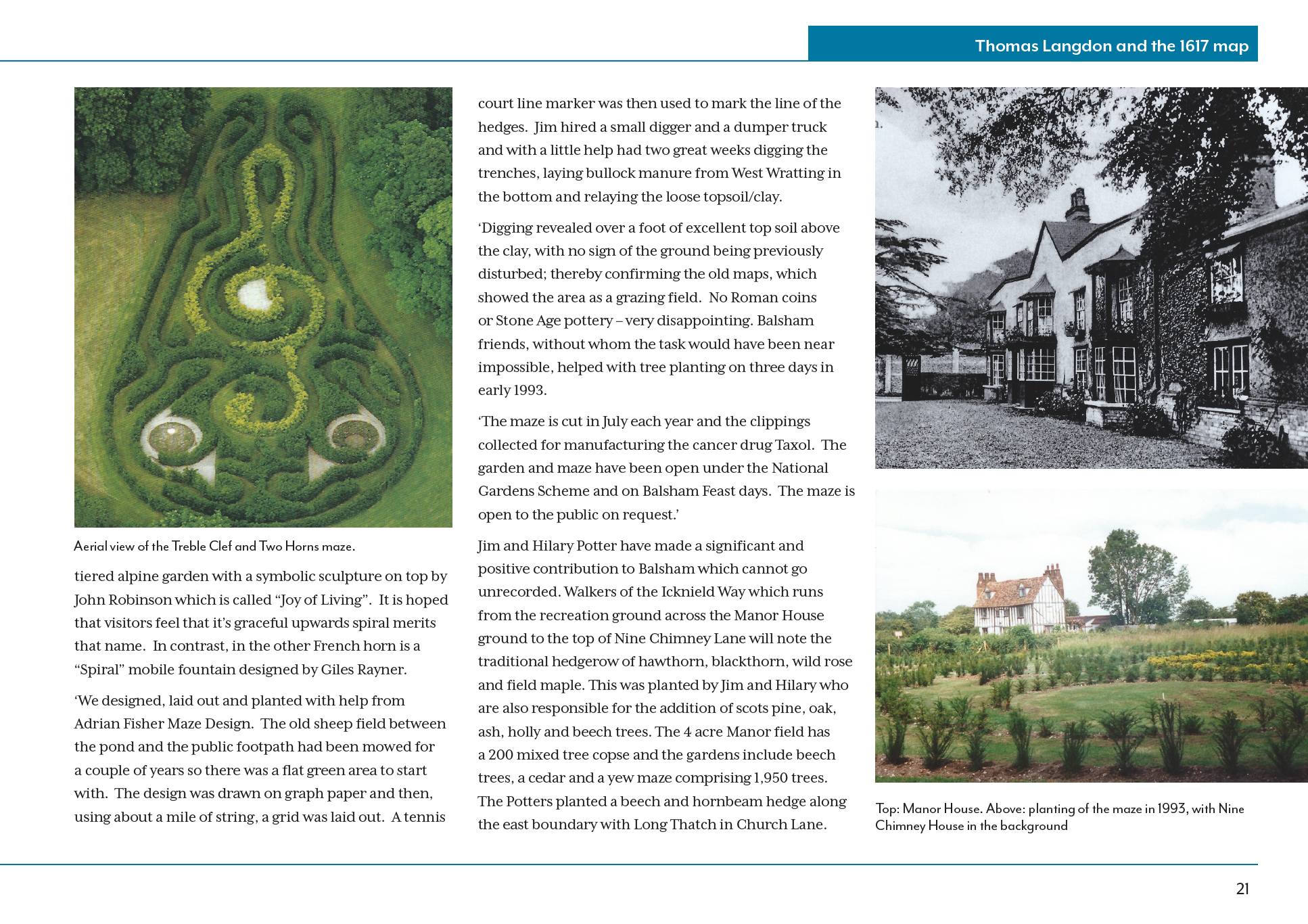

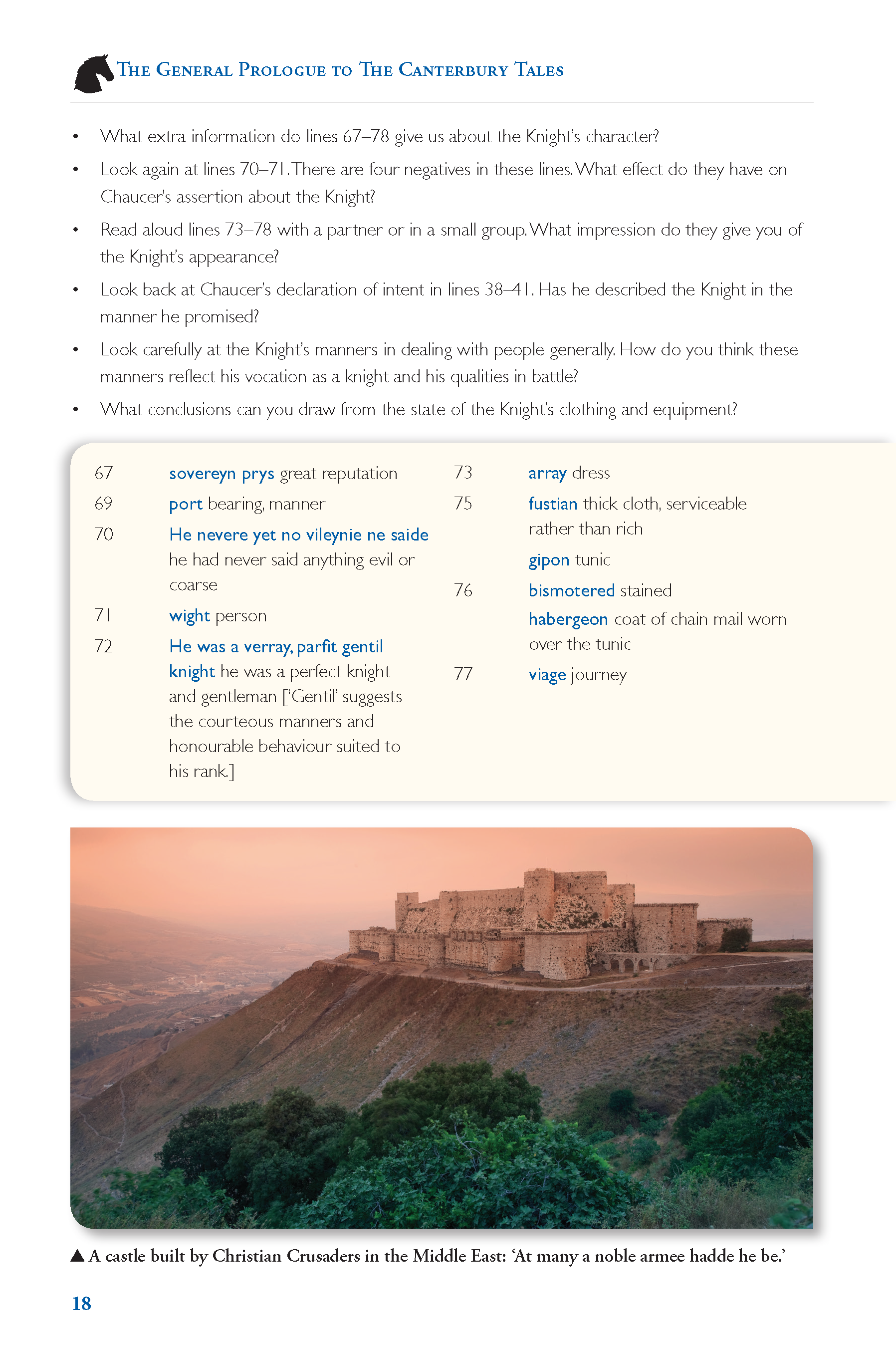
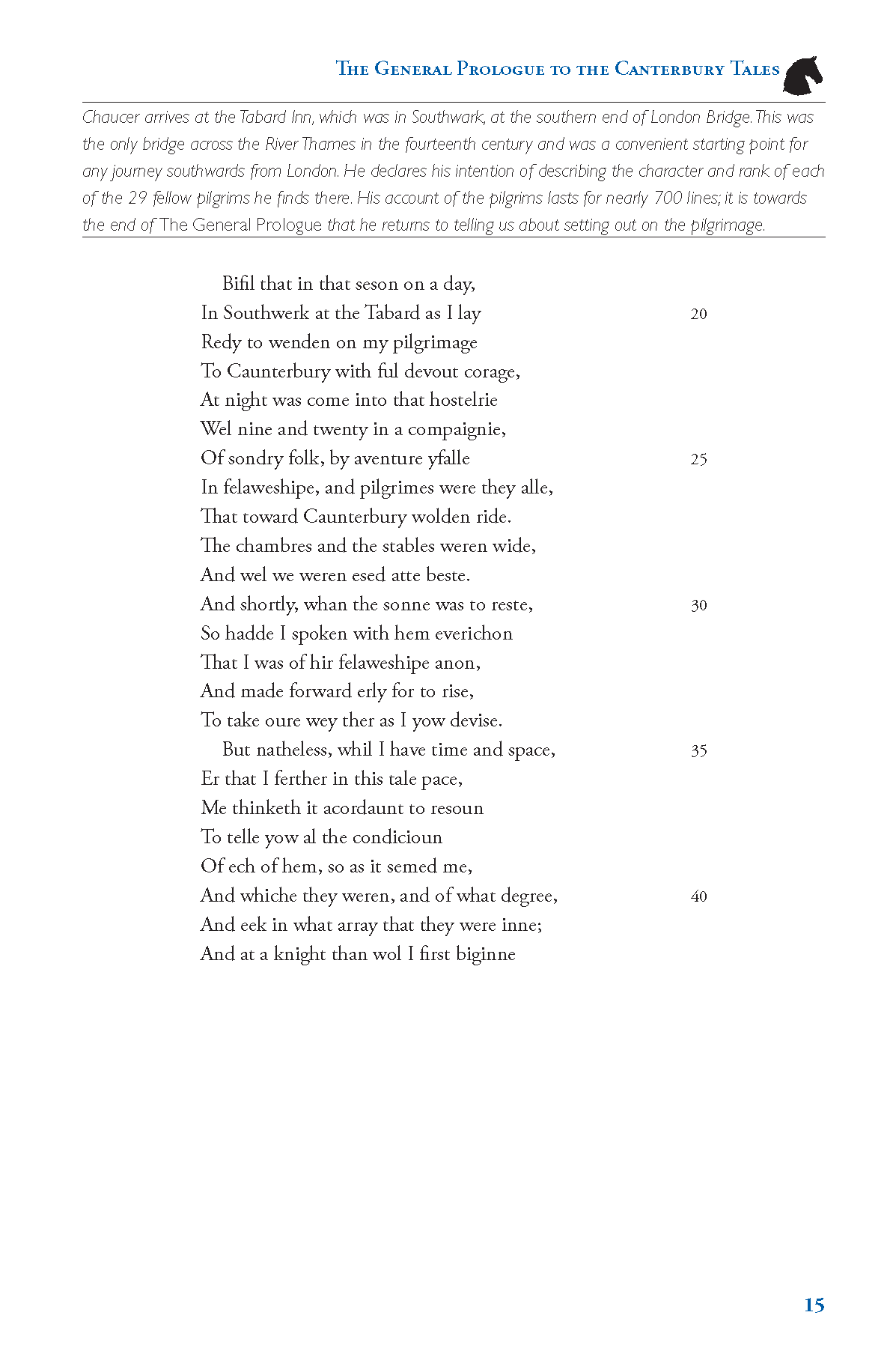

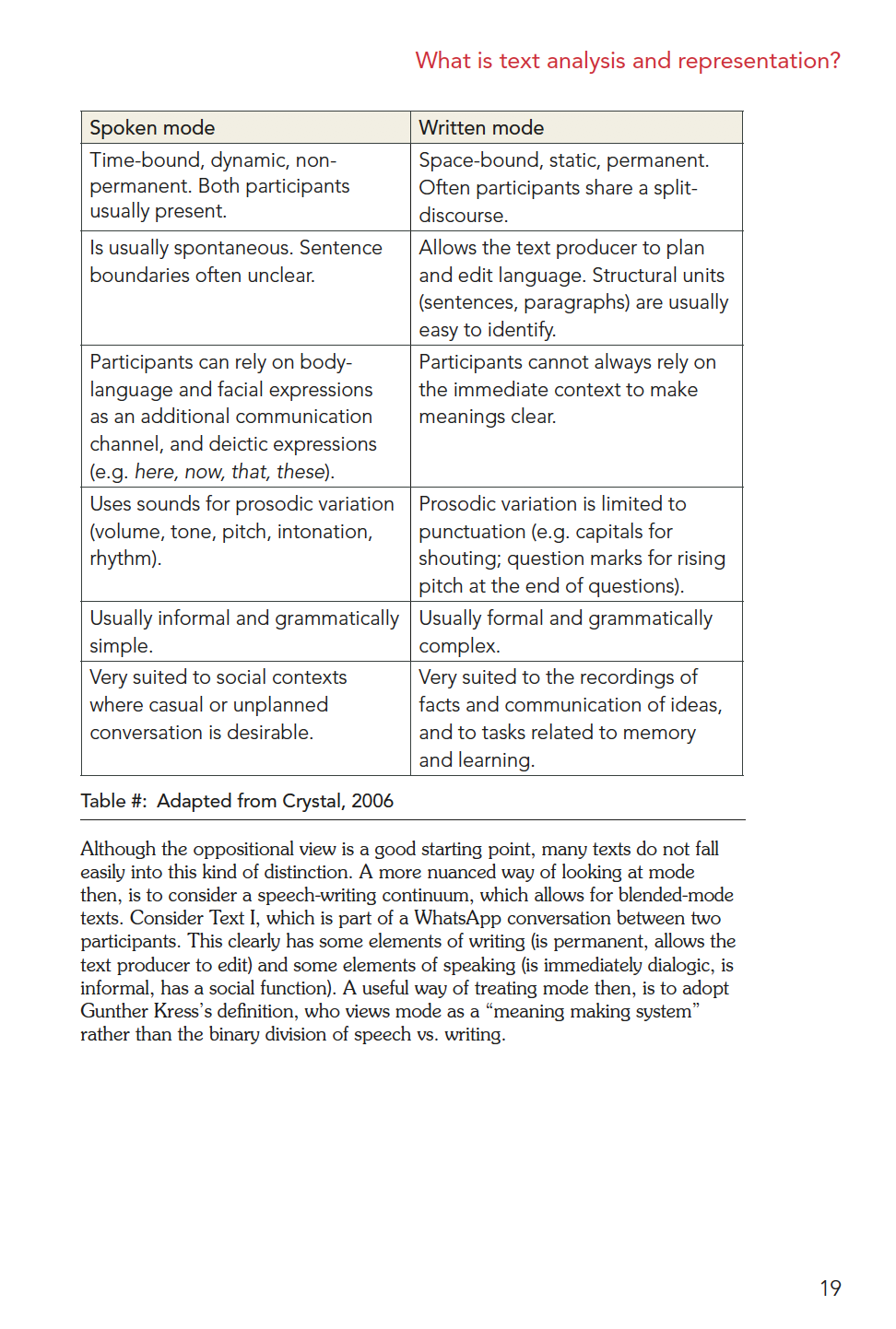
Above: Examples of my designs for bespoke internal book page designs covering fact, fiction, education and biography, created using Adobe Indesign.
These confidential designs are sent to the client who can then chose which one works. They may choose elements from each and then they’re brought together to complete the final design. I always recommend that this proof is sent to the development and content editor/s so that they can see the design as they are working on the manuscript.
Stage 2 - typesetting
At this point, the client is invoiced for the concept design stage and they can request the files too. Typesetting can be completed by me; a typesetter employed by the client or I can sub-contract to a trusted typesetter from my address book.
The manuscript should match the book design so there are no surprise features that need a style creating at a later stage. Sending the concept design PDF to the editorial team will help reduce the chances of errant styles creeping in. If they do, then I suggest asking the book designer’s advice on how to treat them for a consistent approach but some typesetters can do this for you. If you chose to work with me, then I can do this for you really quickly.
The typesetter or I will produce the contracted number of proofs and the PDFX files for print.
Stage 3 - ebook formatting
If you have requested an ebook, then now is the time to complete this step using the text from the print book which is edited so therefore accurate. It can be done by the designer or client using Vellum or similar software; exported from Indesign and distilled using plug-ins and Calibre to create reflow able files or as a fixed format (recommended for non-fiction books). This is the formatting part, where the software takes over and there is less skill involved as there’s very little that can be ‘designed’ on an e-reader (at the time of writing).
I do use Vellum to create ebooks and Jtoch too, both are really good at this if you’re happy with a template layout and I find that most publishers and authors are. Ebooks tend to be low priced so it’s often best to have a quick, neat approach and this is where this software works. I’ll certainly be exploring Vellum for this part of my service.
Alongside this, the cover may also be progressing. The goal is to have the cover complete before the ebook starts so that once created, the ebook can be placed online with the front cover image.
Takeaway
Understanding what each role involves will help to define what services are required. Using apps like Vellum to create pages is through a template means that there’s a limited number of styles and fonts to select. It is not bespoke so you may find that rival authors have the same page designs. Does this affect the perceived value of your book? Are your readers concerned that your book looks like another? If there are technical issues, can you resolve them yourself using the support? Are you confident about what makes a book page design reader-friendly? Is your book aimed at the design or creative market - remember designers read books too.
Using a designer to create the book page design means a wider choice of fonts, skills, and bespoke design that elevates your book from template to unique. The art of design and setting text on a page is invisible. The reader shouldn't notice it and it should be so stealthy it doesn't distract from the words.
